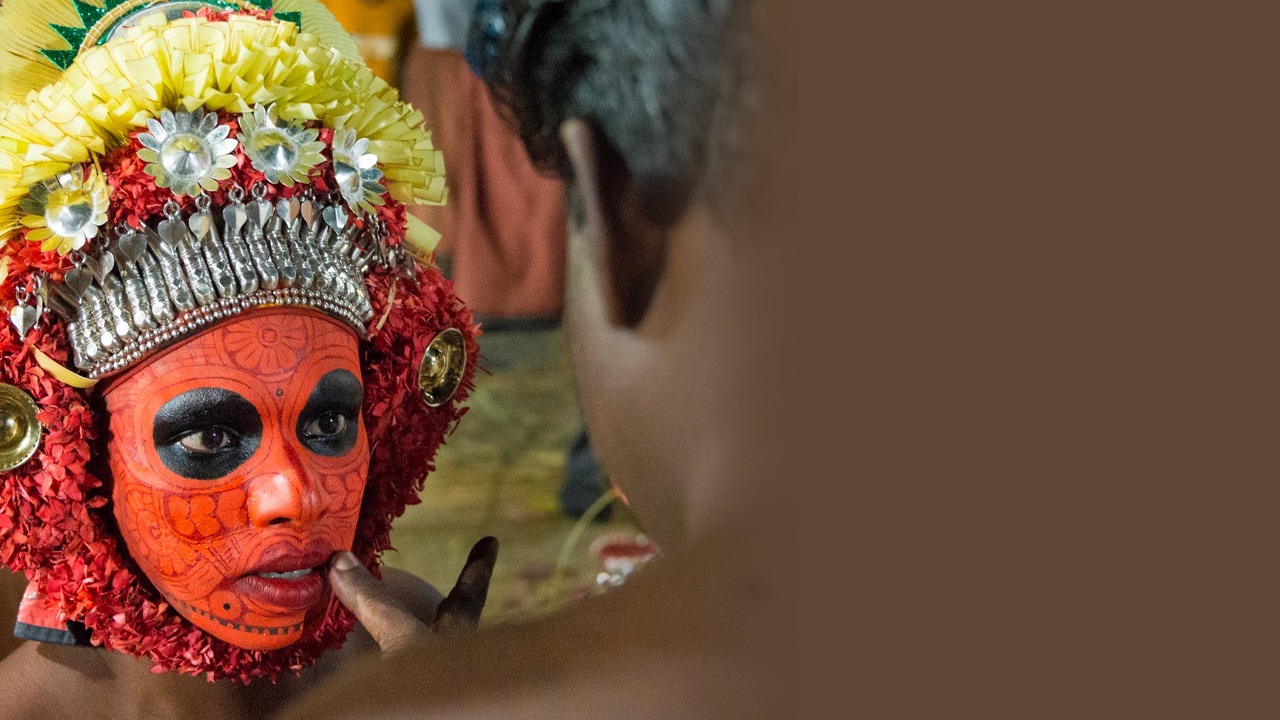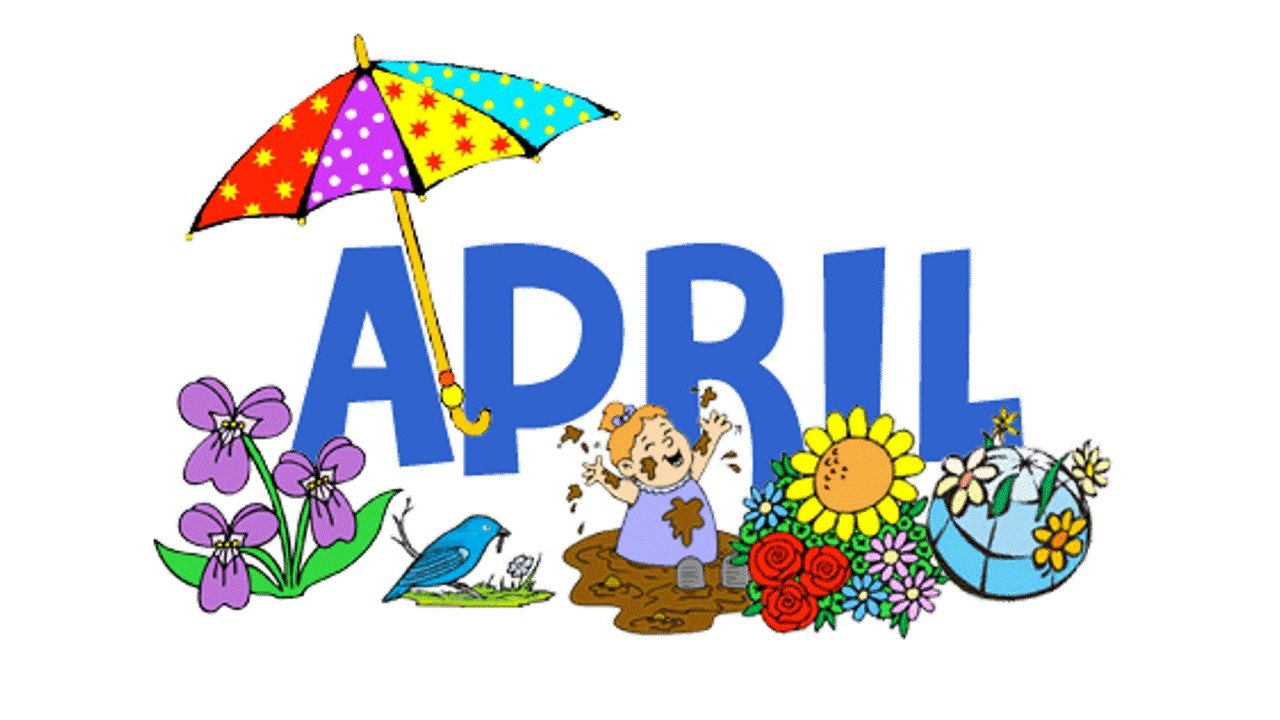Raga is also spelled rag(in northern India)or ragam(in southern India). The meaning of this in Sanskrit is "colour" or "passion".
A raga is based on a scale with a given set of notes, a typical order in which they appear in melodies, and characteristic musical motifs. There are several hundred ragas in present use, and thousands are possible in theory.
To South Asian musicians, raga is the most important concept in music-making, and the classification of ragas plays a major role in Indian music theory. In northern India, ragas are classified according to such characteristics as mood, season, and time; in southern India, ragas are grouped by the technical traits of their scales. The two systems may use different names for similar ragas or the same name for different ragas.
There are two main classical music traditions, Hindustani(North Indian) and Carnatic(South Indian), and the concept of rāga is shared by both. Rāga is also found in Sikh traditions such as in Guru Granth Sahib, the primary scripture of Sikhism. Similarly, it is a part of the qawwali tradition in the Sufi Islamic communities of SouthAsia. SomepopularIndianfilmsongsandghazalsuserāgasintheircomposition.
Every raga has a Swara(a note or named pitch)called shadja, or adhara sadja, whose pitch may be chosen arbitrarily by the performer. This is taken to mark the beginning and end of the saptak(loosely, octave). The raga also contain sanadhista, which is either the swara Ma or the swaraPa. The adhista divides the octave in two parts or anga–the purvanga, which contain slower notes,and the uttaranga, which contains higher notes. Every raga has a vadi and a samvadi. The vadi is the most prominent swara,which means that an improvising musician emphasizes or pays more attention to the vadi than to other notes.The samvadi is consonant with the vadi(always from the anga that does not contain the vadi)and is the second most prominent Swara in the raga.
According to Cris Forster, mathematical studies on systematizing and analyzing South Indian rāga began in the 16th century. Computational studies of rāgas is an active area of musicology.






